Coming off a stint in Amsterdam that left us wanting, I was eager to move on to the next stop. Funnily enough, when I traveled Europe with my best friend after graduation (Hi Mike!), we finished in Amsterdam then Berlin. I had a weird experience in Berlin filled with mixed emotions. Being Jewish, I was looking forward to allowing Germany to graduate in mind from the Nazis of the past. The day we got in to town, the first thing we did was visit to the Holocaust Memorial and Museum. Big mistake. I walked out feeling sad, angry and nauseous. Why the hell was I here? How could I voluntarily visit the headquarters of all that happened? We spent the rest of our time indulging in fine Bavarian food and beer, enjoying a performance by the Berlin Philharmonic (we were very classy 22-year olds), and generally taking in what the modern city had to offer. It got better and I had an all right time, but I always looked back on that part of the trip as unfortunate. Today I know a number of people, some of them Jewish, who love going to Berlin. It’s their favorite place in Europe. I was determined to give it a second chance.
My memories of Berlin are wonderful. My family and I were in Germany during the World Cup so it was exciting and electric. We visited beer gardens, Parliament, and watched games in big squares. I also got sick in Munich so Berlin shines even brighter in my memory.
The train from Amsterdam to Berlin was a little more than six hours. We then took two quick local trains to get to our hotel. During the connection between the two, we walked by a bronze statue of children. I turned away from it, not wanting to confirm my suspicions of what it was likely memorializing.
We checked into our hotel (our hotel!) and our room was clean, modern and equipped with AC. What a relief! Our place in Amsterdam really wasn’t that bad, but at this point after almost six months of travel, we were ready for some comfort and stability again. We laid low that first night aside from grabbing dinner, how we normally have spend our travel days. Iz found this great German brewpub that gave us the welcome we needed — dark wooden tables and copper piping, friendly staff suggesting their house kölsch, and hearty plates of meat smothered in gravy with potatoes on the side. We haven’t seen a meal like that since Prague (two months ago!). We were hungry and it was perfect.
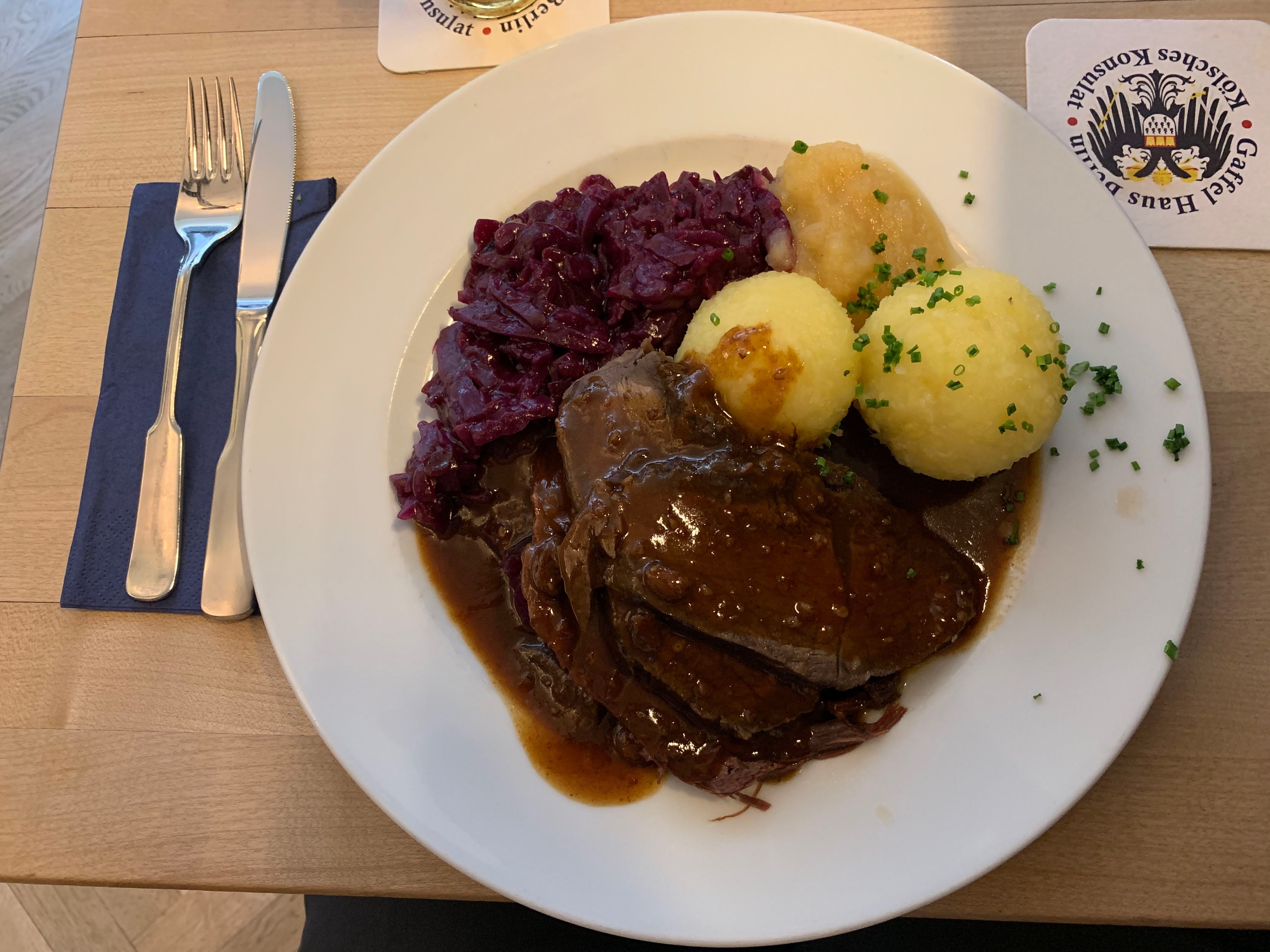
Our hotel is right across from Checkpoint Charlie, so we’re in a rather touristy yet very central part of the city = lots of options. Iz found a spot for brunch in a bike-themed café, right up her alley. I opted for sweet, she for savory, and with our bellies full we were ready for a day of sightseeing.

We were right around the corner from the Topography of Terror, a highly-rated museum atop every list I read. There was an outdoor timeline exhibit of contributing factors and tangential effects of the Nazi rise to power. After realizing it was hotter inside than outside, we both agreed that neither of us had the stomach for this. Especially once we learned that the museum was built on the former site of the Gestapo headquarters, it was definitely time to move on.
We both recalled being in awe of the architectural beauty of the Reichstag building, so we walked in the heat towards that direction. Along our path was the Holocaust Memorial, the Museum under our feet. I told Isabel “I don’t think I need to go through it again. It’s powerful but, once was enough.” So we continued on, walking through the Memorial to the Murdered Jews of Europe (I’m not being dramatic, that is its official name) and onward to the Reichstag.
At the entrance, we learned that you now needed to schedule a timed reservation, and the next available slot wasn’t for another 10 days, long after we’d be gone. Bummer. Also, neither of us remembered there being a giant structure surrounding the glass dome, we could barely see the top of it! In both our minds’ eye, we could see the dome unobstructed. So that was a minor letdown and yet another reminder of overtourism (the hotspots all around Berlin were very crowded).
As a consolation, we walked over to the Brandenburg Gate to snap the requisite photo. When Isabel asked if I knew of the significance behind this structure, I replied “I kind of associate it with Nazis, I’m pretty sure they had rallies here (they did). But it was probably built way earlier, having nothing to do with that (it was).” Built in the late 1700s as a marker ending a major highway, today it is recognized as a symbol of European unity and peace.

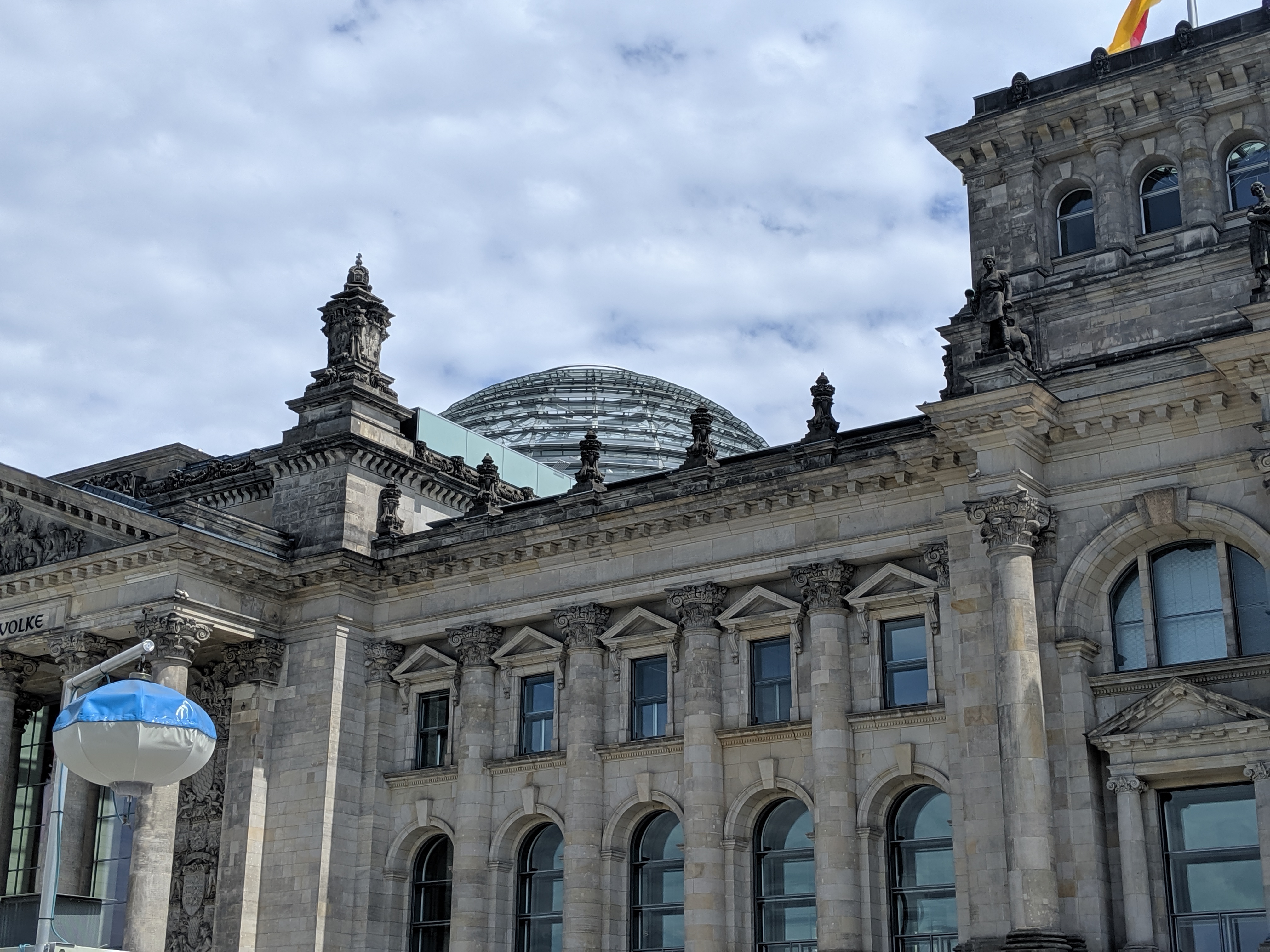
In an attempt to end our field trip on a different tune, we crossed the Spree [River] and paid a visit to the Berlin Museum of Medical History. This is so Isabel’s jam, when I discovered that this was here, I knew we’d be going. Her father’s a doctor, and she’s always been really intrigued by these medical museums. (Her highlight of her Philadelphia trip a few years ago? The Mütter Museum!)
This medical museum was very similar. It included specimens in jars of course, but also visually described the evolution of diseases and how doctors tackled them. The best way for doctors to learn and remember ailments they see in patients was to document said ailments via drawings, molds, scans, etc. There was a beautiful wall of molded eyeballs, each displaying a different ocular disease. There was a full room of real-life cases of disease in Berliners, complete with display and a story. We learned of a young prostitute who had a hard birth, a young child who had to lie in an Iron Lung to treat polio, a woman who fell into madness, and a soldier with a large abscess on his torso. So much fun!
Due to the nature of the specimens in jars, we could not take photos in this museum. The jars were organized by body part and illustrated the evolution of disease in said body part, from early to late stages. We learned how to properly preserve body parts based on what exactly you are trying to preserve – tissue? vessels? muscle? These preserved collections prove to be tantamount towards the progression of medicine because doctors could finally see inside the human body for longer than a surgery. I really don’t think my excitement is properly coming through in this post…this museum was really great!
With a giant smile on Isabel’s face and me needing some fresh air, we headed back to our hotel via subway. (Side note regarding the subways in Berlin: there are no turnstiles so yes, you can fare jump, but ticket checker ride the trains in plain clothes, so always have a ticket!) Moving on, out of the corner of my eye I saw a bronze statue of children and realized we were in the same station as the day before. Again, I quickly averted my gaze.
Naturally we were real hungry when it came time for dinner, so we followed a friend’s recommendation for the best schnitzel in Berlin. We took the subway to Felix Austria, a tiny little place in a cute part of town. All the outdoor tables were full, so we had the inside all to ourselves. The schnitzel, potatoes and cucumbers were all SO good (Thank you Jeff!), it’s amazing how a satisfying dinner can turn your day around. We walked home enjoying the perfect summer night air.

The following day was largely taken up by a very necessary (if not overdue) visit to the laundromat. The nearest one was a subway ride away, so after a late brunch, this chore was the bulk of our afternoon. We had a fun night planned, as we had gotten into a Sofar Sounds show (thanks Zoe!). For those who don’t know, Sofar Sounds puts on local music gigs in cities all over the world. The normally diverse lineup remains a mystery, and it’s held in a unique venue (like a person’s living room, or an antique shop). Founded by people who were fed up of people talking and texting during shows, it puts the focus back on the artists and their music.
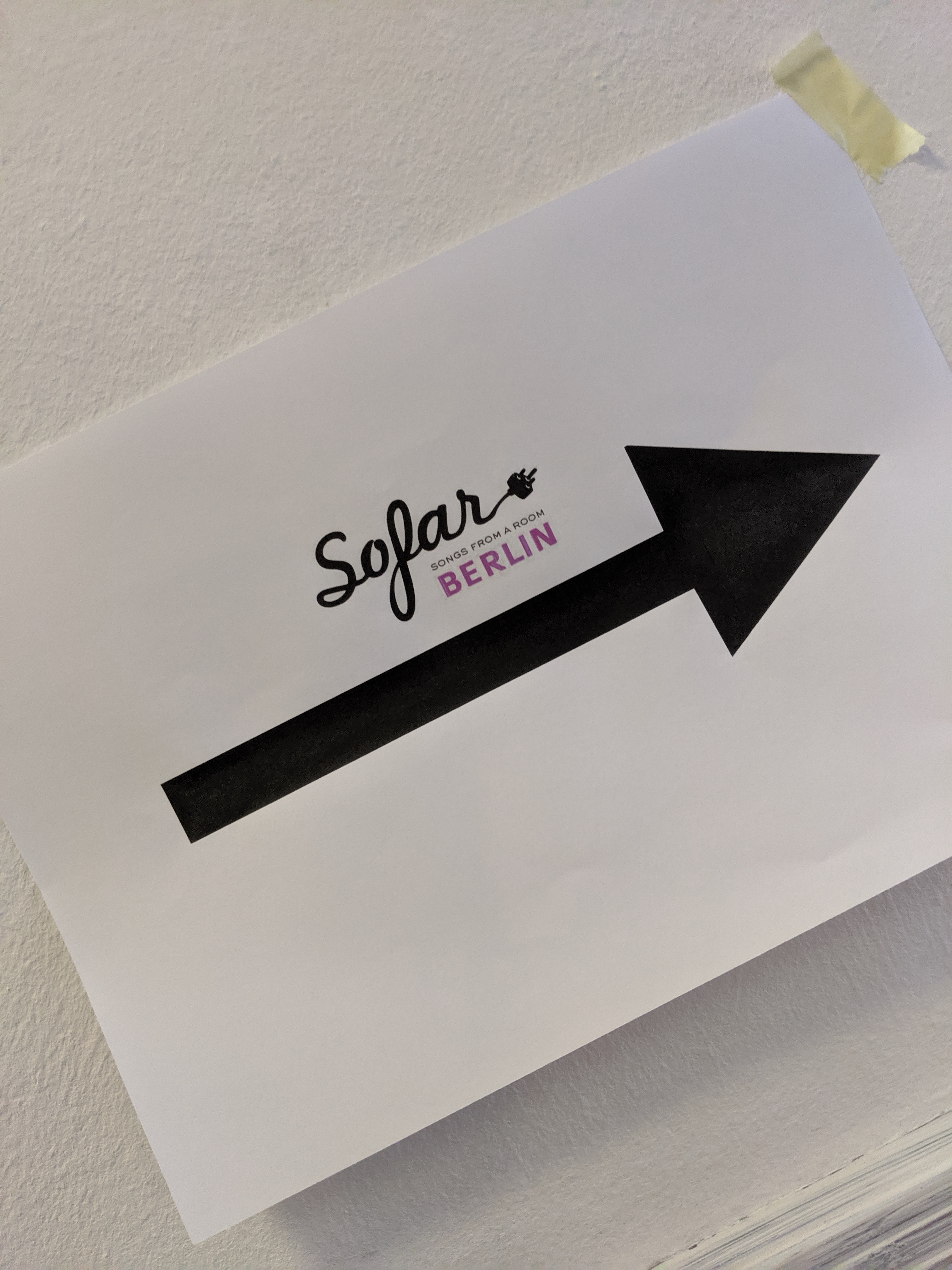
We entered into Refugio Café and climbed six flights of stairs to the roofdeck, where there was a glass-enclosed room. Turns out this entire building is a housing project for refugees, with a focus on teaching and playing music. With the average attendee age circling 24 and the sun baking on the windows, we were sweaty, packed, and starting to wonder if this was such a great idea. Then the music began.
First up was Heval Trio, three guys playing “world music.” An accordion player from Turkey, a buzuq (similar to a sitar) picker from Syria, and a bongo slapping percussionist from Kazakhstan (I think), it wasn’t the type of music we would normally seek out on our own, but it was really beautiful! They played original compositions based on traditional music from Anatolia and the Middle East, and each got lost in a trance while they played. A really beautiful surprise.
After them was Nóz, a Brazilian and Portuguese four-piece band. The singer drew from her roots, singing in native tongue and leaning on the fado we were surrounded by during our time in Lisbon. Like the first band, they were refreshingly authentic, though their music carried a bit more weight and volume.

The sun set between the second and third groups. Last but certainly not least (Sofar Sounds stresses there are no headliners, but this group had by far the most energy) was Moa McKay & The Flying Cabaret. From the first note, the whole room was really digging their vibe. The singer, with her deep voice, platinum blond hair and bold red lipstick, sounded and looked like an early No Doubt-era Gwen Stefani. They played a fun, funky surf-rock set mixed with a tinge of modern jazz. We both agreed they were our favorite act of the night, with Heval Trio placing second. We walked the long trip home that night.
The next day we ventured out of our part of town to check out the East Side Gallery (Berlin is a very big city, and while there were many points of interest relatively close by, there’s also a lot going on a subway ride away), a series of murals painted on sections of the original Berlin Wall. Varying themes such as promoting peace, pop culture references, pointing fingers at the past, unification and segregation, as well as globalism are on display. The original murals were painted in 1990, although over the years there was terrible vandalism and graffiti defacing many sections. Some were “restored” in 2009, so the versions that we saw weren’t always the original.
Isabel and I recalled on our previous trips to Berlin seeing sections of the wall in various spots around the city. Now they seem to be viewable only for a fee behind museum walls, so this was the sole remnant we came across. Naturally, there were a lot of tourists snapping photos and doing mini photoshoots for their Instagrams.
We then crossed over the Spree and walked along the main drag through Kreuzberg, Berlin’s trendy, multicultural district. Art murals, funky thrift shops, laid back cafes and dive bars, it’s the artsy part of town. Also home to many students, bohemians, and a large Turkish community (which means a lot of shawarma and other delicious treats). Once away from all the selfie-snapping tourists, it was a pleasure to roam around a neighborhood again, taking in the vibes on our walk.
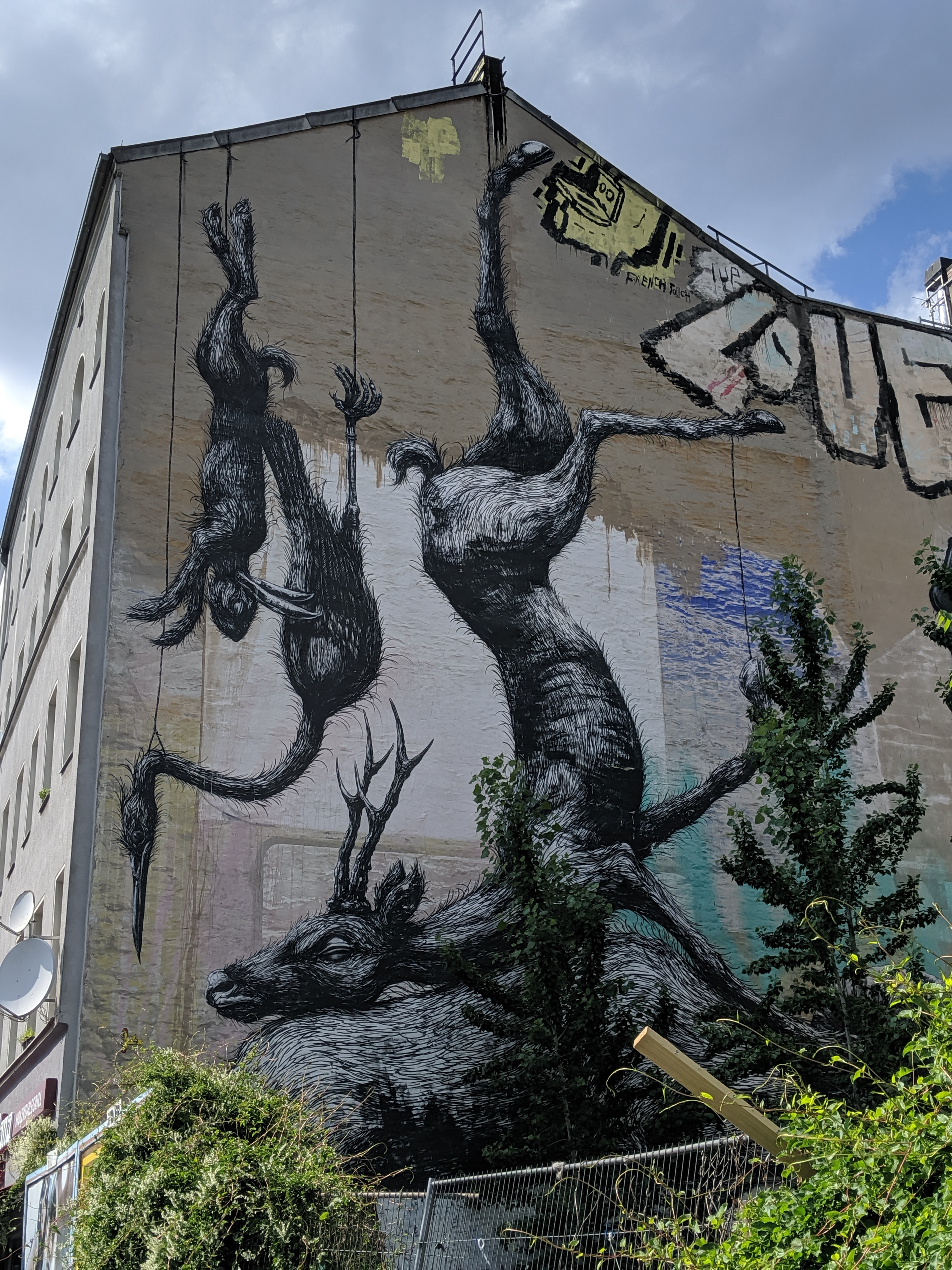
For dinner that night we sought out another German brewpub. Wasn’t as great as the first night’s, but worth mentioning solely to include this gem:

Walking back from dinner, there were a couple of live performances for the globally celebrated Fête de la Musique. We saw a large gathering off to the side, so headed towards that square to see what was going on. We came across a large Thai (we think?) procession, parading around the square. Dressed in traditional garb, at first it looked like maybe a wedding ceremony with the couple in front. We never did get full confirmation, but it was really beautiful. As we’re nearing the end of our trip, it brought us back to the beginning, over five months ago, when we were in Thailand.
Another museum recommended to us was the Helmut Newton Foundation, a museum of photography (Thanks Lon!). Newton is a world renowned photographer most famous for his fashion shoots and large nudes. The first floor displayed personal belongings of his like his calendars, notebooks, some clothes, and a reproduction of his office. It was wild to see a calendar with “Chanel”, “Cartier”, and “Paris Vogue” etched into the margins. There were also framed memos on Vogue’s letterhead to and from Helmut regarding photoshoots, fashion shows, general updates, etc. It was very cool to see, much better than a printed email from Outlook that would suffice for today.
Since the entire first floor was dedicated to Helmut’s life, it unfortunately also included a small area focused on his death. He died in a car crash and it was memorialized with press clippings and magazine features. The most interesting part of this section (and why you shouldn’t skip it) were the framed notes of sympathy sent from associates to Helmut’s widow. Not just “I’m sorry for your loss”, but beautifully written poems and words of comfort were splayed out on the letterheads of Dior, Vogue, Versace, and other fashion kingpins. These notes stemmed from people who knew Helmut well, both personally and publicly, and seemed much more sincere than an Instagram post. (Side note regarding bereavement: my mom got me into reading obituaries, a truly underrated section of the newspaper. One of my favorite documentaries, Obit, is a fascinating watch!)
Finally, the upper level of the museum is dedicated to the work of Helmut, spanning decades and continents. While he’s most famous for his big nudes, he also dabbled in portraiture and more artsy photoshoots. For some outside of the creative realm, it is often thought “Oh, I can do that.” But can you? There were a few examples of Helmut’s negatives with scribbled instructions on how to fix the photo. Too bright, too dark, edit this corner, move slightly left – and by the end of it, a stunning final photo was revealed. In a video in the exhibition, someone comments that Helmut would find women to photograph and bring something out of them. Then those models would go out for another job and the next photographer wouldn’t know what to do with said model, they couldn’t capture the same magic that Helmut managed to do. I loved this museum and Helmut’s work because it’s bold, sexual without being crass, and he beautifies the female form. I never felt the women in the photos were being taken advantage of, I never felt the images were vulgar, and his portraits were piercing. We couldn’t take photos so here are some examples, all found here:
After dinner our final night, we meandered around the main strip taking our time walking home. We found ourselves near a train station and lo and behold, we stood face to face with a set of sombre bronze children, the very statue I had been avoiding. “Trains to Life – Trains to Death” is the name of this sculpture, erected in 2008 to honor the children who boarded trains in the late 30s to mid 40s, facing faced vastly different fates. On one side is two children, representing the lives that were saved via the Kindertransport that took Jewish children to safety in England. On the other is a group of five children, one with the noticeable “Jude” patch on her clothes, symbolising the suffering of those deported to concentration camps to meet an early demise. It’s a powerful sculpture and one of many examples of Berlin’s acknowledgement of its dark past. They sure don’t sweep it under the rug.

I came to Berlin hoping to see it the way that so many others do; a vibrant, artsy, chameleon of a European city. I hoped to avoid making the same mistake as before and not jump right into Holocaust relics and museums. But I failed. The Berlin of 2019, as both a city and its people, is far removed from 75 years ago. My head knows that. But my heart couldn’t let go. Try as I might, I could not shake the feeling that I should not be here. You can feel the weight of the city’s history everywhere. On the phone a couple days after we left, as I told my mom of my uneasy feelings being in Berlin, she wore an expectant expression on her face. I knew she was thinking Why would you go there, How could you? And as modern and forward thinking as I wanted to be, I didn’t really have an answer for her. I tried, but I left with the same mixed emotions as I did a decade before, guilty that after all these years later I still view it as the Germany of the 1930s-40s, and even more guilty that I chose to even step foot on its soil. It also wasn’t a particular pretty city. Perhaps if I choose to give it another shot in the future (more to prove to myself that I am capable of moving on) I’d venture outside of Berlin.

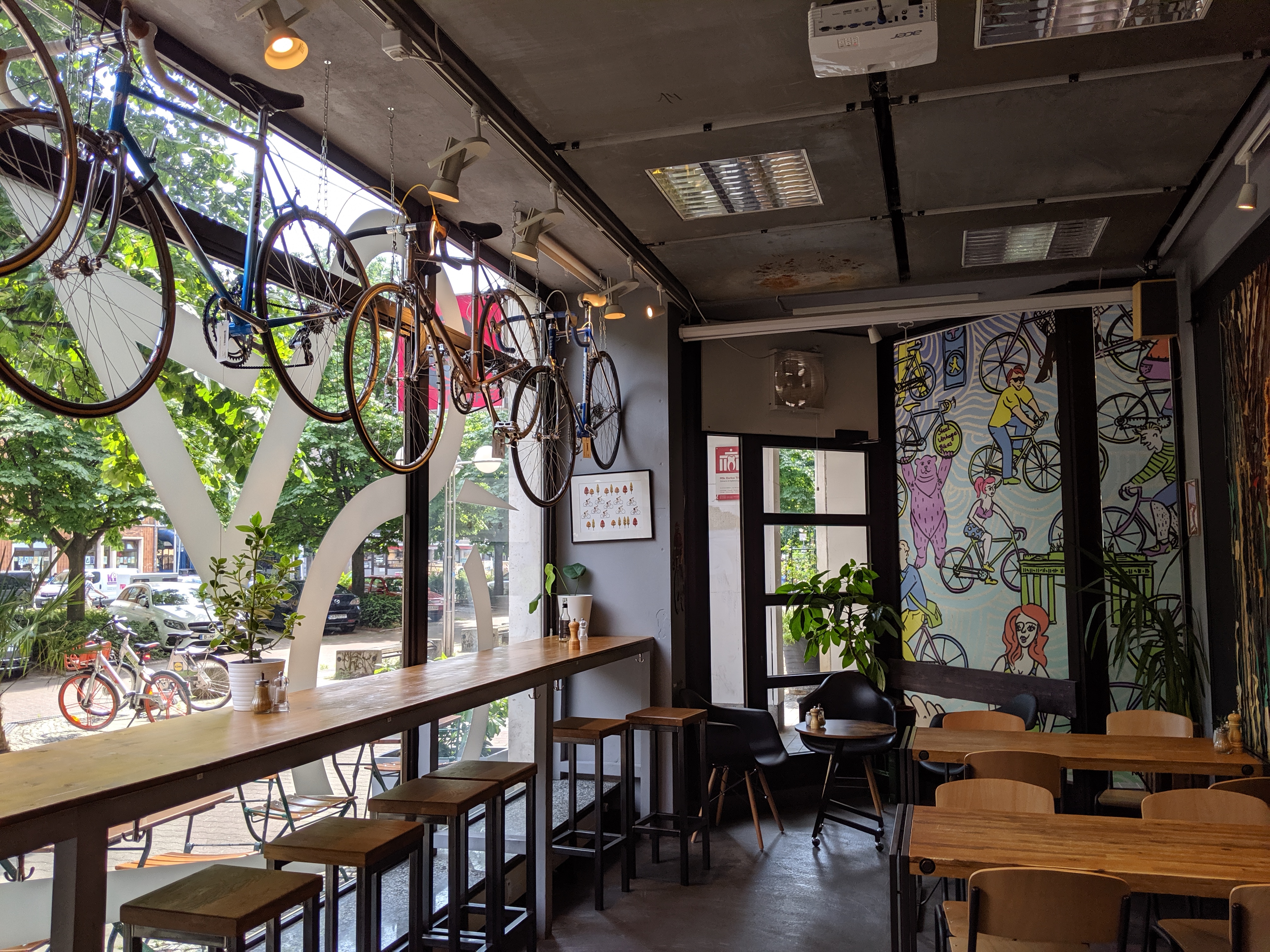
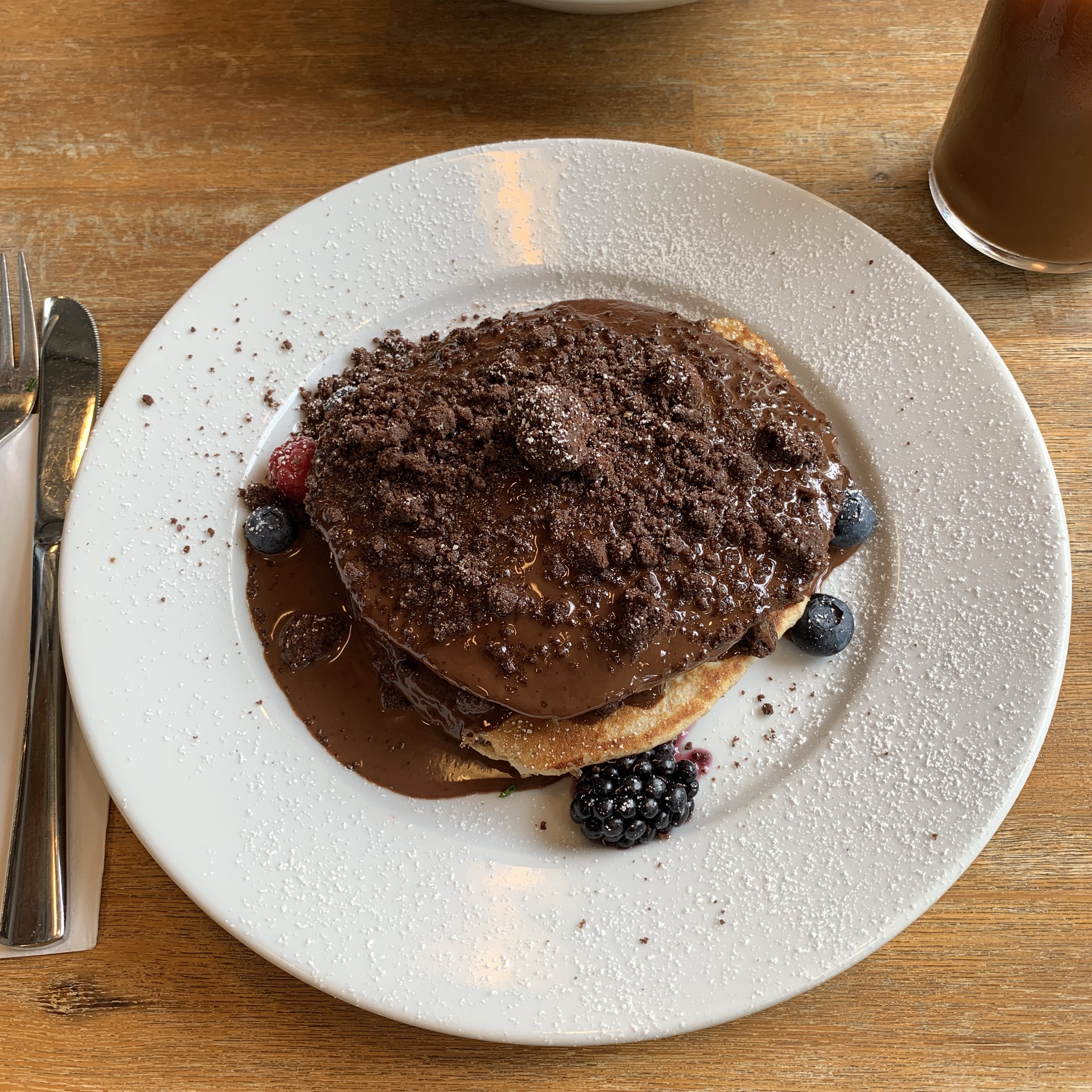
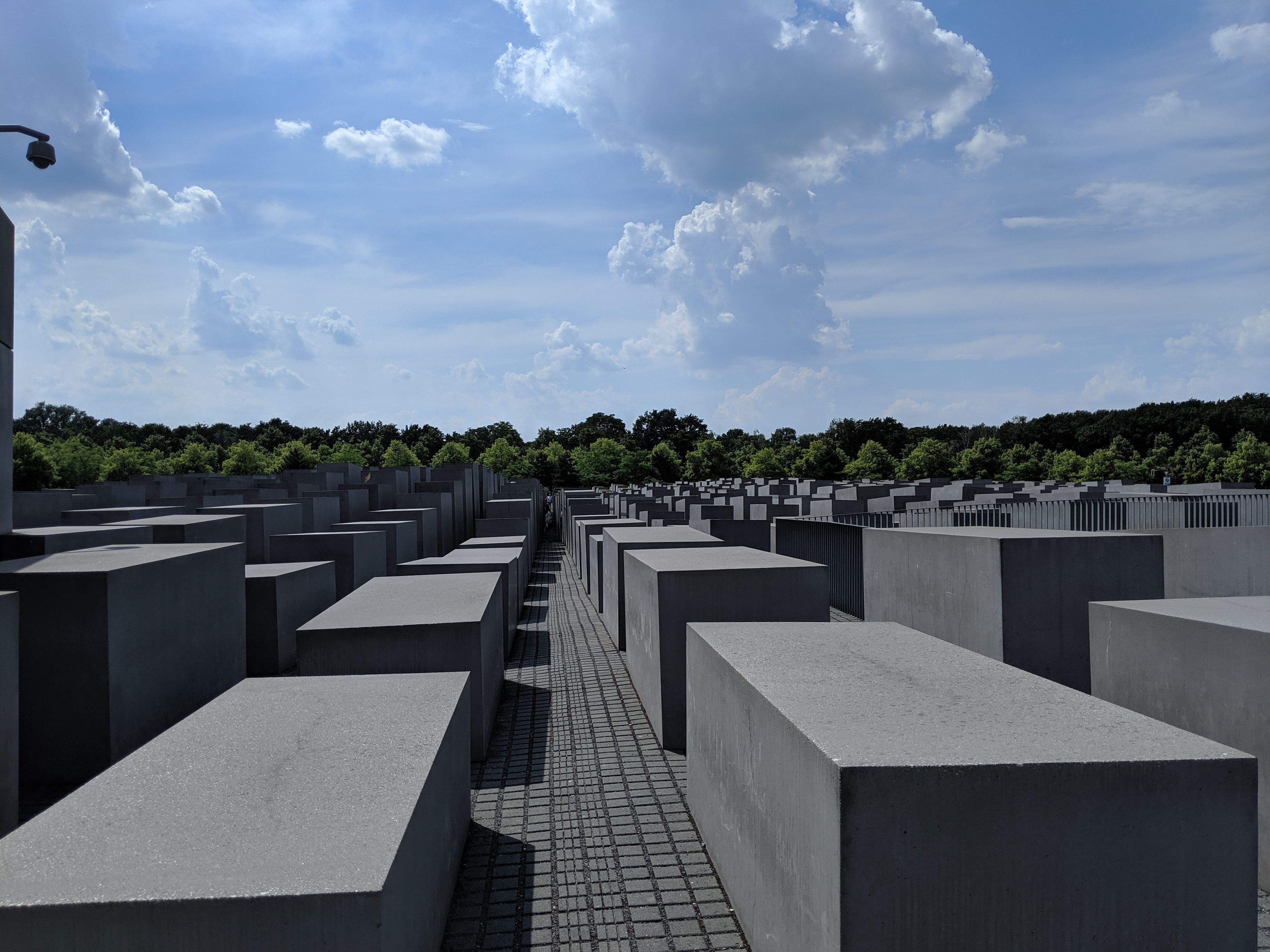
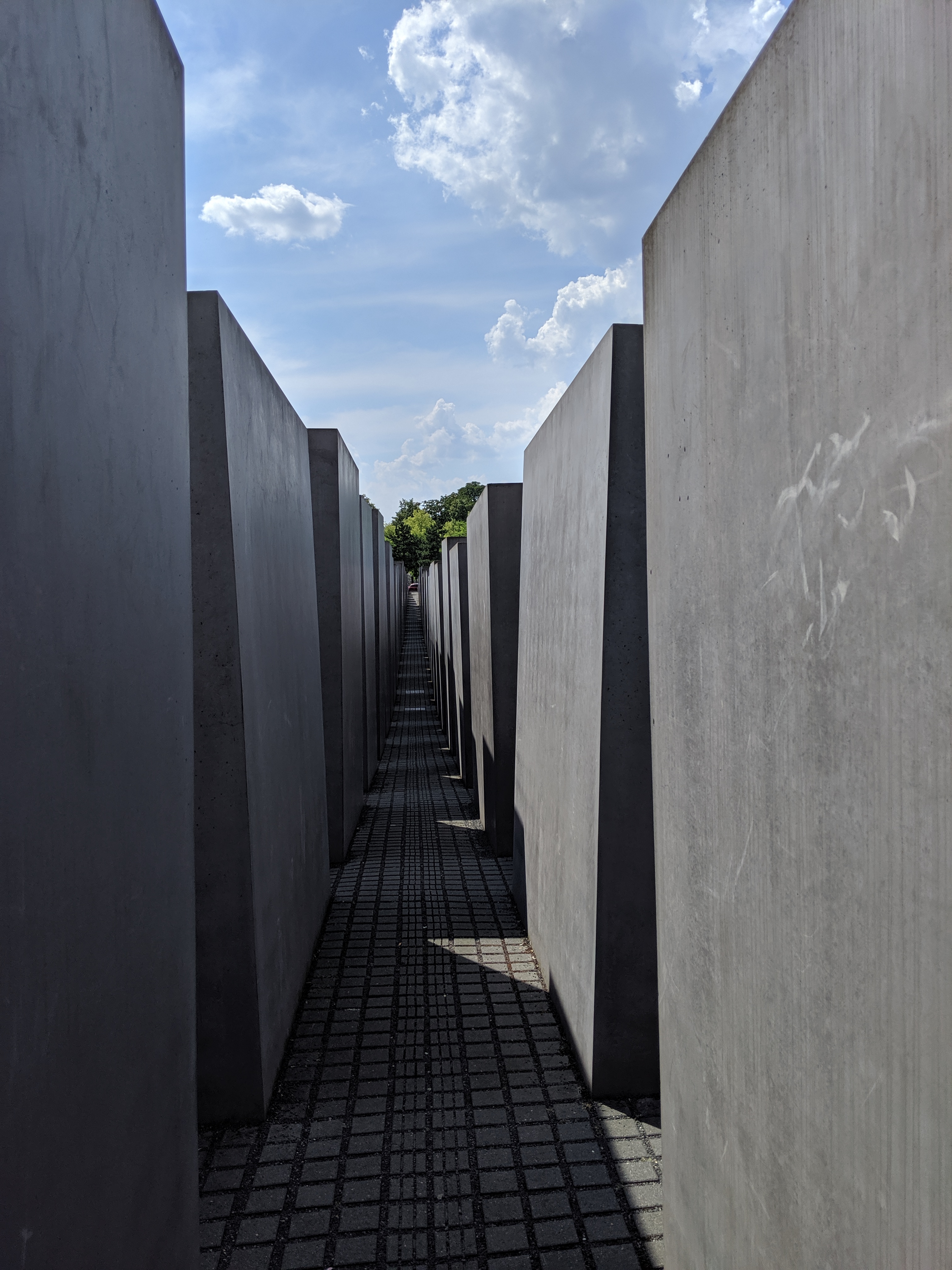

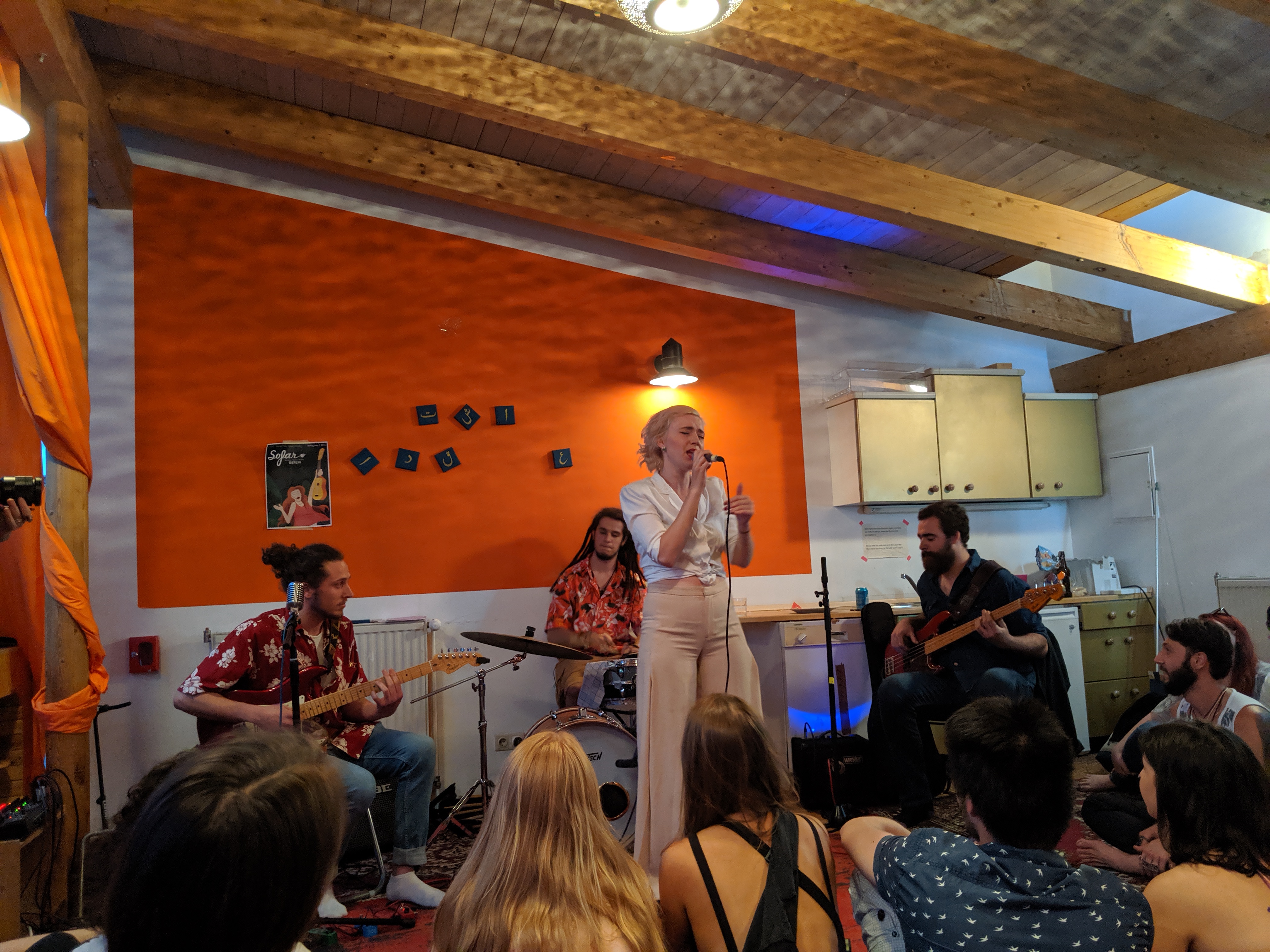
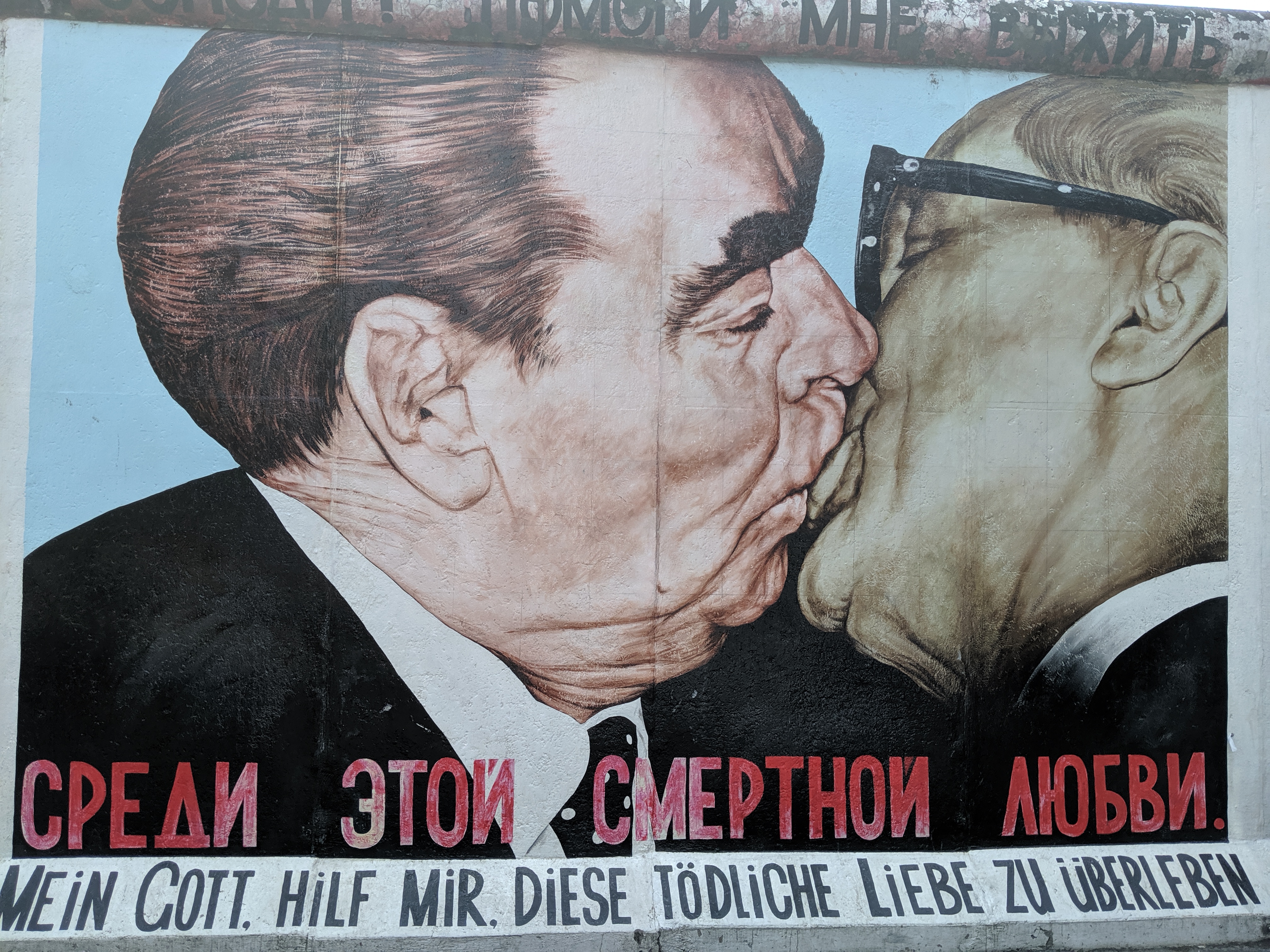

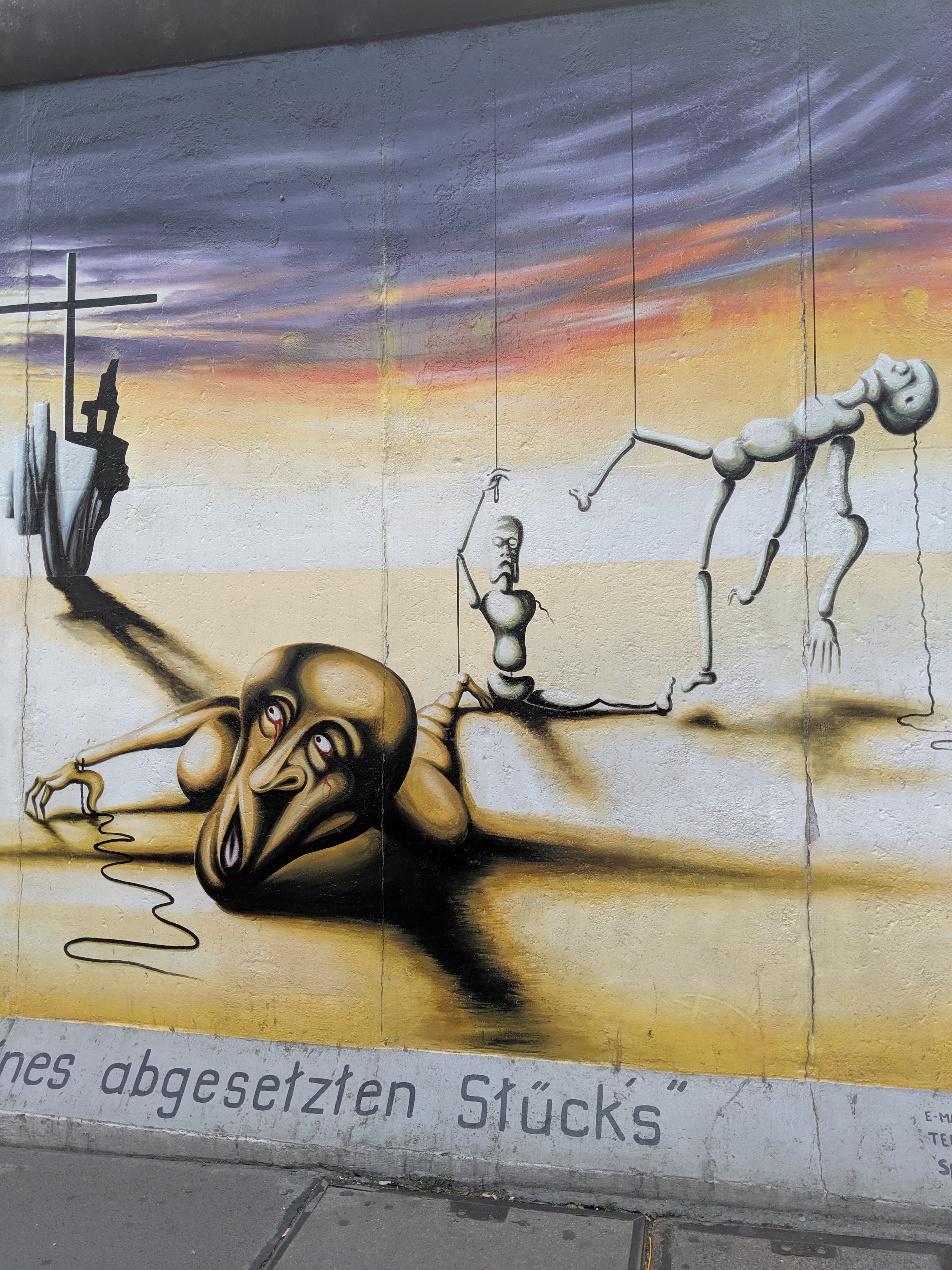
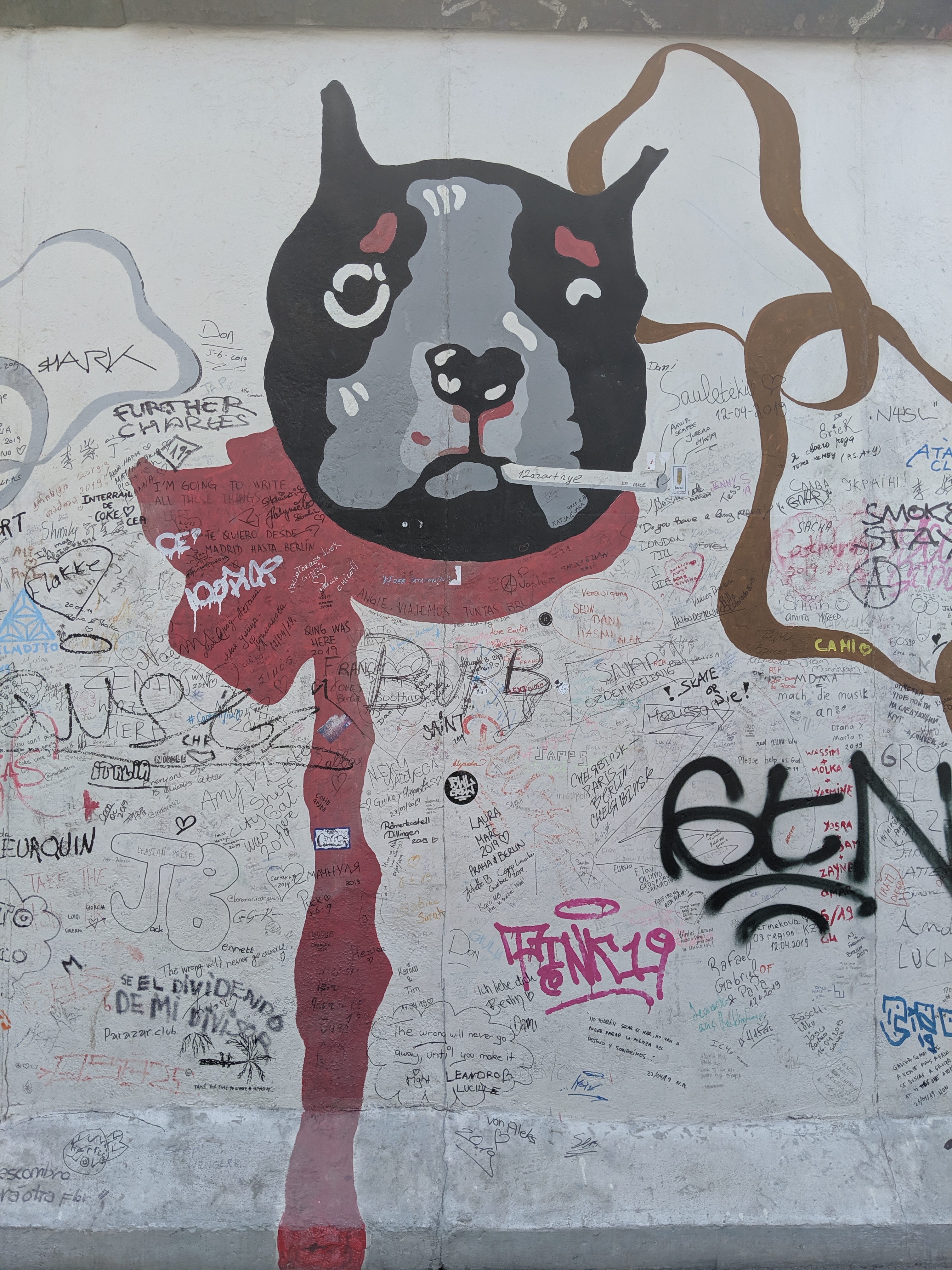

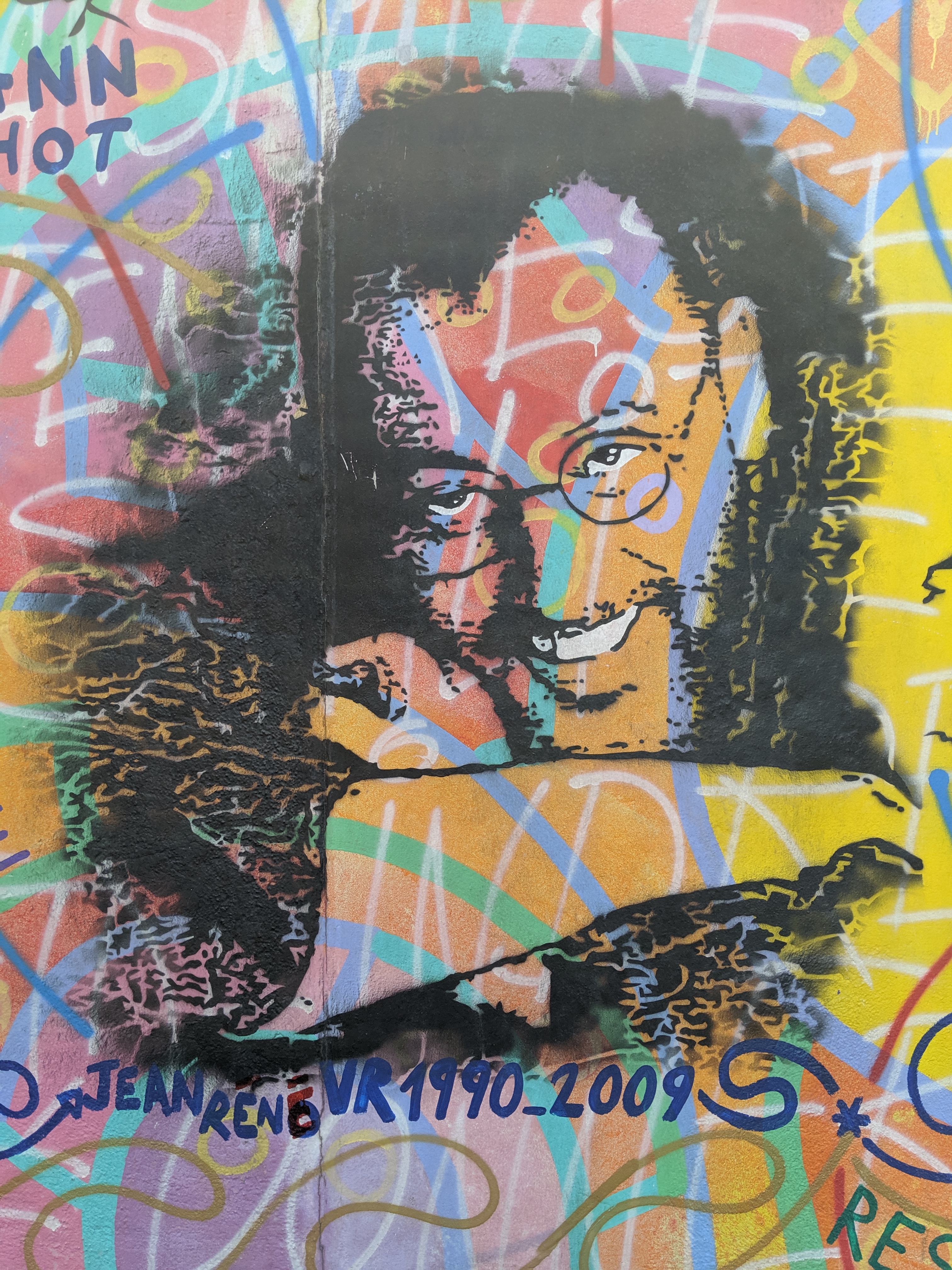



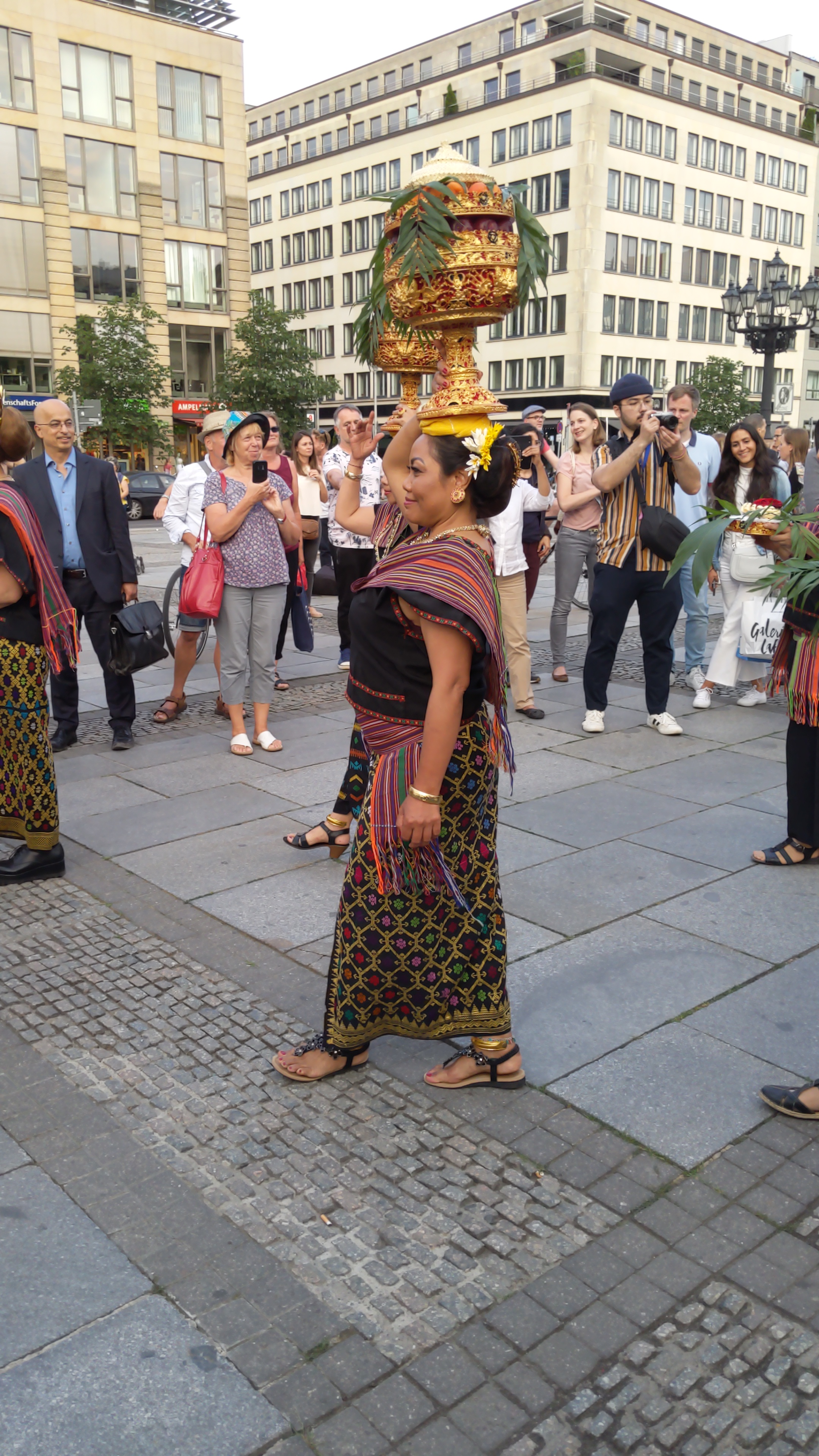
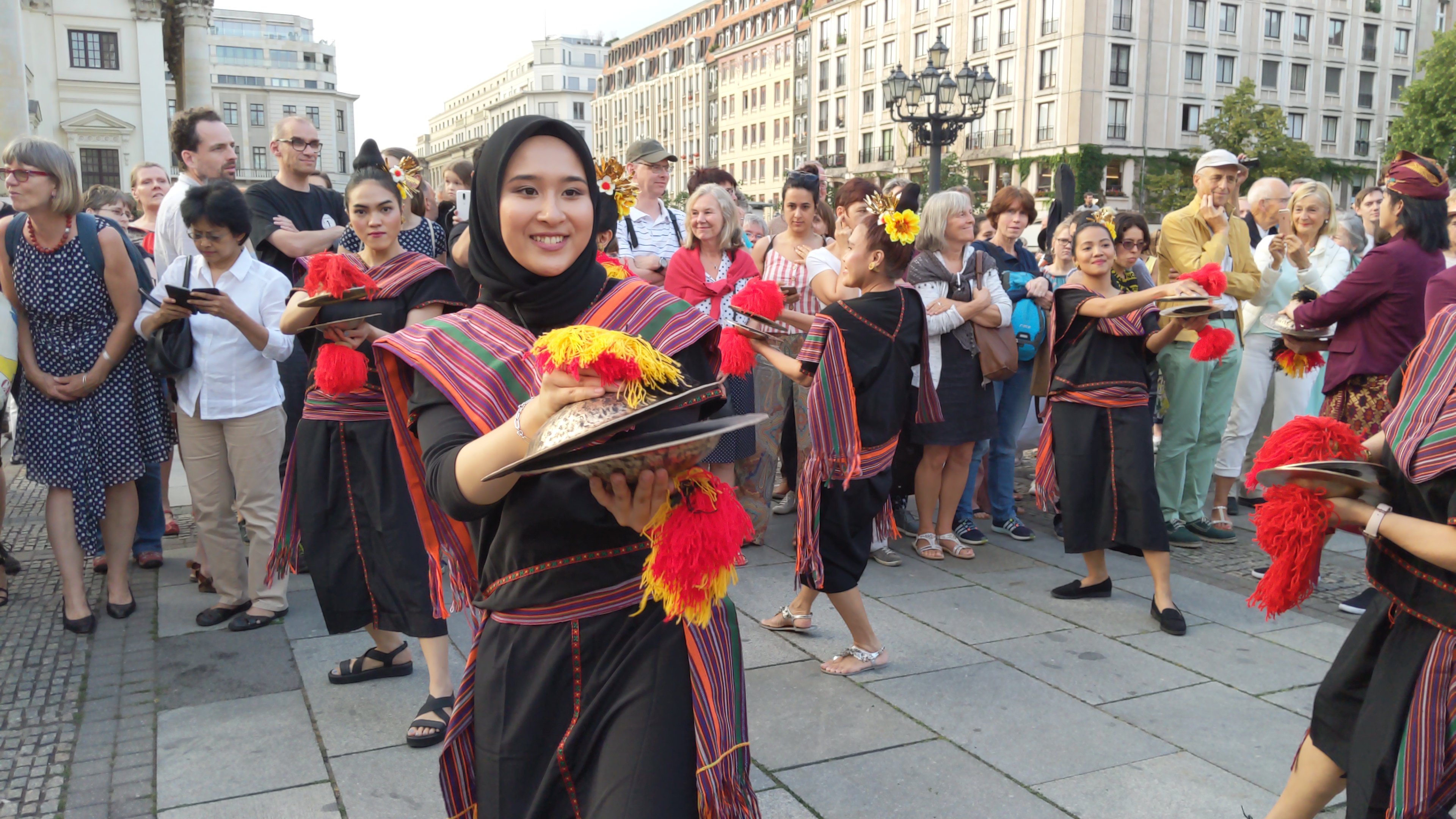



WOW❗️Thanks for all the Beautiful photographs and history ! Love you both very much ❗️
LikeLiked by 2 people
Amazing! Berlin reeks of history and it is this characteristic that draws me towards it. I hope someday I’d get the chance to explore and experience it the way you did. Wonderful piece by the way, and great pictures, too! 🙂
LikeLiked by 1 person
Thank you!
LikeLiked by 1 person